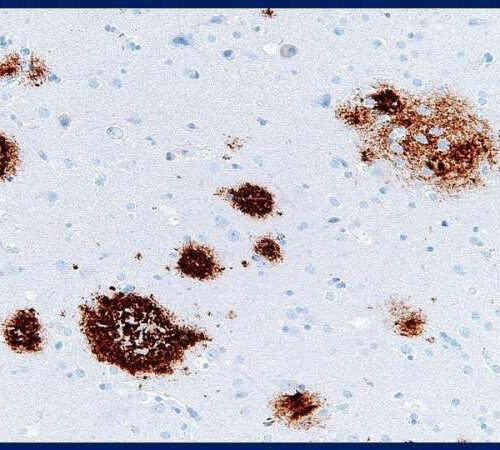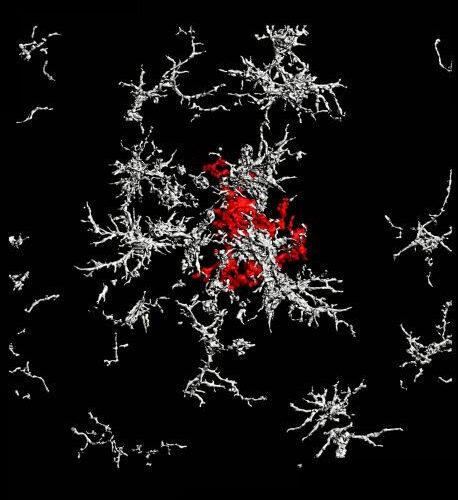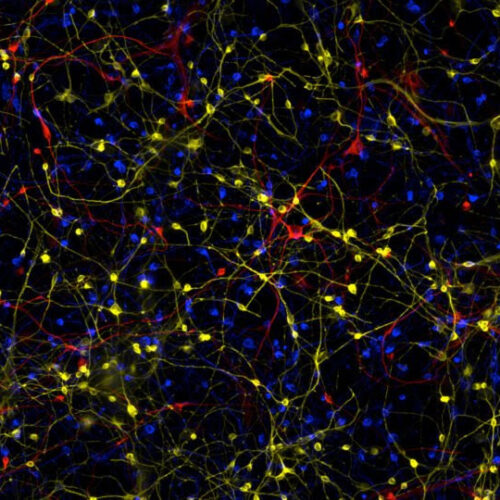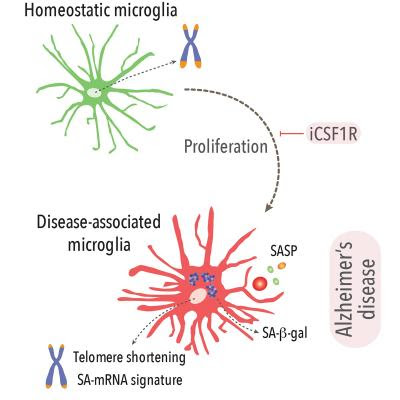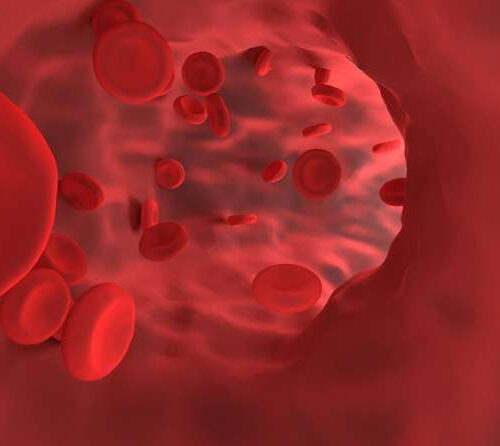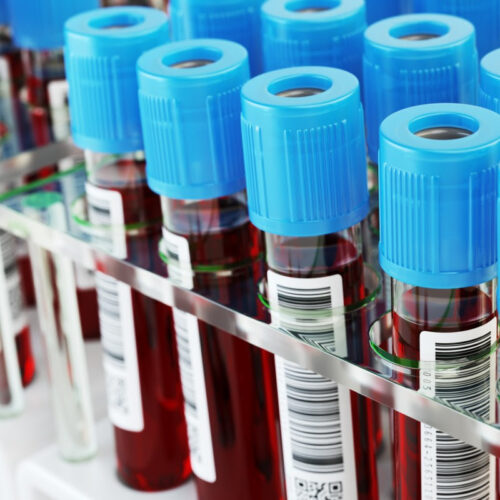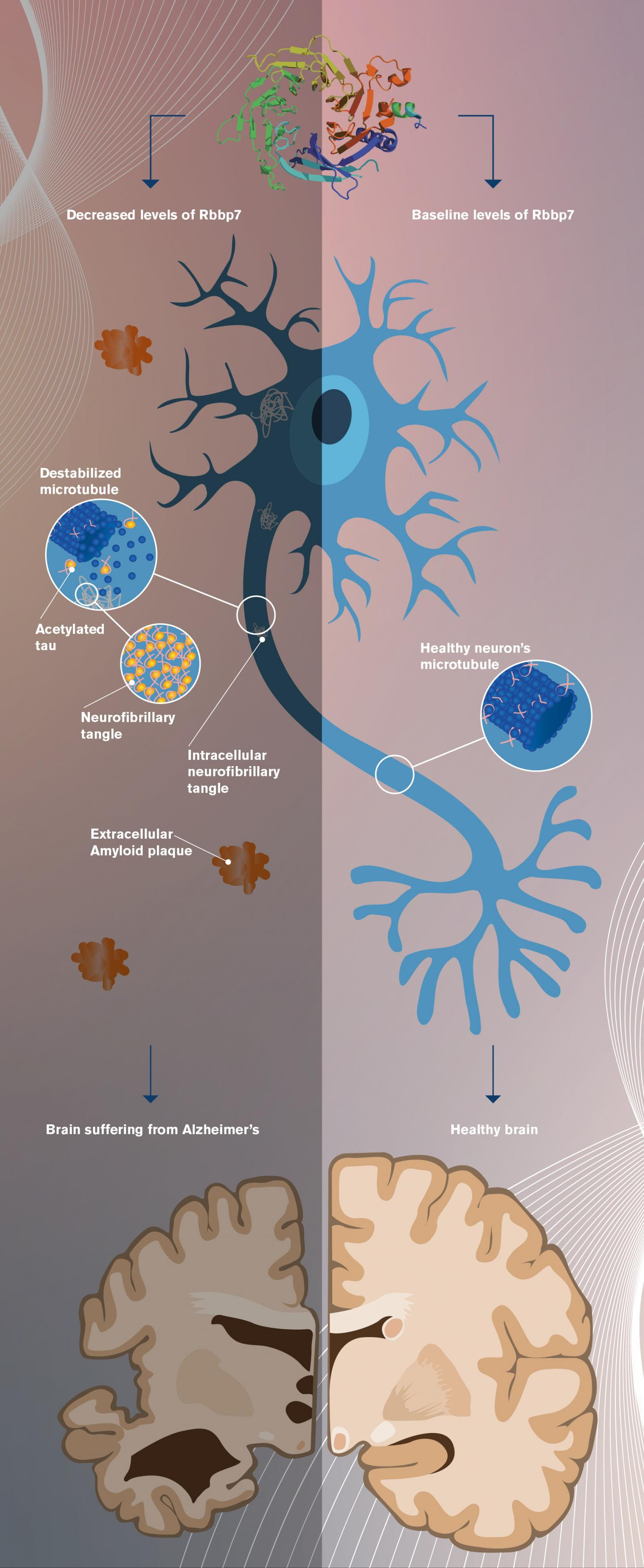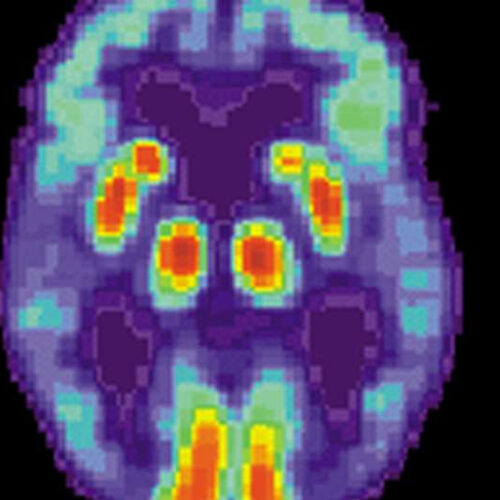by Michael E. Newman, Johns Hopkins University School of Medicine Photomicrograph showing amyloid beta-protein (brown from staining) in tissue taken from a human brain. Johns Hopkins Medicine researchers have shown that the glymphatic system — the vascular network that removes waste from the central nervous system — helps clear amyloid beta from the brain and that...
Category: <span>Alzheimer’s</span>
In surprising twist, some Alzheimer’s plaques may be protective, not destructive
Salk scientists find brain’s immune cells form some plaques as a defense in Alzheimer’s, suggesting a new therapeutic direction One of the characteristic hallmarks of Alzheimer’s disease (AD) is the buildup of amyloid-beta plaques in the brain. Most therapies designed to treat AD target these plaques, but they’ve largely failed in clinical trials. New research by Salk...
Salk scientists reveal how brain cells in Alzheimer’s go awry, lose their identity
New technique models brain cells in older patients more accurately than ever before Despite the prevalence of Alzheimer’s, there are still no treatments, in part because it has been challenging to study how the disease develops. Now, scientists at the Salk Institute have uncovered new insights into what goes awry during Alzheimer’s by growing neurons...
Scientists discover immune cell behavior that plays a key role in Alzheimer’s disease
UNIVERSITY OF SOUTHAMPTON IMAGE: GRAPHICAL DEPICTION. CREDIT: DIEGO GOMEZ-NICOLA / CELL REPORTS A new study has pinpointed a small group of cells in the brain which could be crucial to understanding how Alzheimer’s disease begins and how to slow its progression. This discovery could help research into treatment for the disease by focusing on this key group of...
Researchers discover a mechanism that reduces blood vessels in Alzheimer’s patients
by University of Seville Credit: Pixabay/CC0 Public Domain Researchers at the Biomedicine Institute of Seville (IBiS) have discovered a new mechanism of Alzheimer’s disease that disorganizes the blood vessels around amyloid plaques, one of the characteristic features of the disease. The study, published in the international journal Nature Communications, was led by the laboratory of Dr. Alberto Pascual,...
Massive blood sampling study identifies predictors of Alzheimer’s risk
By Nick Lavars May 18, 2021 Scientists have identified a new set of blood-based biomarkers that may help predict Alzheimer’s risk maxxyustas/Depositphotos While the exact causes behind Alzheimer’s are still unknown, research is beginning to demonstrate how biomarkers of the disease might reveal themselves long before symptoms appear, raising the prospect of earlier diagnosis and better treatments...
Untangling the brain: new research offers hope for Alzheimer’s disease
ARIZONA STATE UNIVERSITY IMAGE: The image shows the development of neurodegenerative pathology resulting from low levels of the protein Rbbp7 (on the left), compared with normal levels associated with a healthy brain (on the right). Graphic by Shireen Dooling for the Biodesign Institute. CREDIT: SHIREEN DOOLING FOR THE BIODESIGN INSTITUTE AT ASU Since the discovery...
UNCLOGGING THE BRAIN’S ‘DRAIN’ ENHANCES ALZHEIMER’S MEDS
Experimental Alzheimer’s drugs have shown little success in slowing declines in memory and thinking, leaving scientists searching for explanations. The new findings in the journal Nature, however, suggest that the brain’s drainage system—known as the meningeal lymphatics—plays a pivotal but underappreciated role in neurodegenerative disease, and that repairing faulty drains could be a key to unlocking...
Gene therapy in Alzheimer’s disease mouse model preserves learning and memory
by Scott Lafee, University of California – San Diego PET scan of a human brain with Alzheimer’s disease. Credit: public domain Researchers at University of California San Diego School of Medicine, with colleagues elsewhere, have used gene therapy to prevent learning and memory loss in a mouse model of Alzheimer’s disease (AD), a key step toward eventually...
Low doses of radiation may improve quality of life for those with severe Alzheimer’s
BAYCREST CENTRE FOR GERIATRIC CARE Individuals living with severe Alzheimer’s disease showed remarkable improvements in behaviour and cognition within days of receiving an innovative new treatment that delivered low doses of radiation, a recent Baycrest-Sunnybrook pilot study found. “The primary goal of a therapy for Alzheimer’s disease should be to improve the patient’s quality of...

